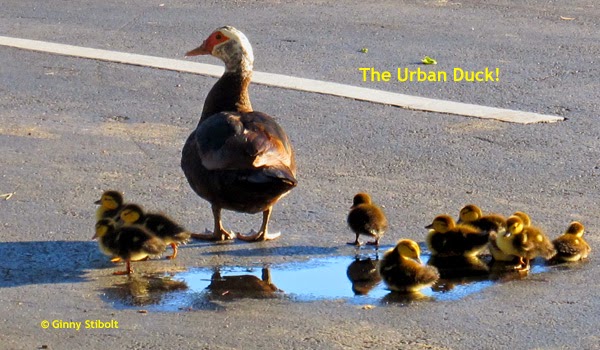Sometimes, my screen around "plants that work for a living" includes plants that bring joy.
Tulips are in that category.
They're totally "useless" in their cultivated form for anything beyond that (not producing nectar, feeding insects, etc.), unless you count feeding deer. In nature, species tulips undoubtedly had many ecological roles, but cultivated tulips, not many, except being pretty.
Nonetheless, I've loved them since I first saw the tulip displays near the Jefferson Memorial, in the Washington, DC tidal basin area, many years ago.
And they were among the first plants I planted as a newbie gardener over three decades ago, not long after that. I planted red tulips in a triangular block next to our gate to the backyard.
And potted tulips have long been a Valentine's Day staple, although cyclamens have supplanted them in recent years.
So these lovely apricot-colored tulips, grown in Virginia (which count as regional, I guess), appealed to me and my gardening companion yesterday.
Tulips are in that category.
They're totally "useless" in their cultivated form for anything beyond that (not producing nectar, feeding insects, etc.), unless you count feeding deer. In nature, species tulips undoubtedly had many ecological roles, but cultivated tulips, not many, except being pretty.
Nonetheless, I've loved them since I first saw the tulip displays near the Jefferson Memorial, in the Washington, DC tidal basin area, many years ago.
And they were among the first plants I planted as a newbie gardener over three decades ago, not long after that. I planted red tulips in a triangular block next to our gate to the backyard.
And potted tulips have long been a Valentine's Day staple, although cyclamens have supplanted them in recent years.
So these lovely apricot-colored tulips, grown in Virginia (which count as regional, I guess), appealed to me and my gardening companion yesterday.












.jpg)







